#7 in Vietnam
Popular Nước Mía Variations
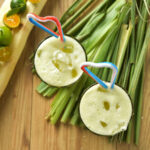
Nước Mía Tắc
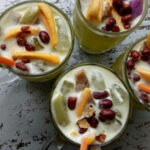
Nước Mía Mít Rau Câu

Nước Mía Rau Má
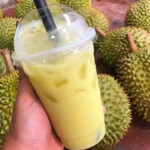
Nước Mía Sầu Riêng
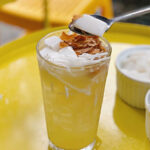
Nước Mía Cốt Dừa
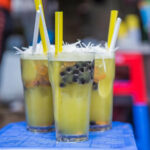
Nước Mía Trân Châu
Nước Mía: Ingredients and Preparation
Main Ingredients
Main Preparing Method
Preparation Process
Nước Mía: A Deep Dive
Cultural Significance
Taste
Texture
Aroma
Color
Serving Style
Serving Temperature
Accompaniment
Occasions
Calories
Popularity
Popular Similar Drinks
- Nước Ép
- Nước Dừa
- Sinh Tố
- Cam Vắt
Popular Dining Area
Nước mía is a Vietnamese drink made by extracting sugarcane plants’ juice for serving with ice. Popular around the world, nước mía is also adored in Vietnam for its refreshing property and natural sweetness. In Vietnam, nước mía is sold everywhere, often on the side of the street.
Aside from the sugarcane, locals often include some tangy or sour elements like kumquat, orange, or pineapple. Usually, people run the sugarcane sticks multiple times through a motorized sugarcane pressing machine to get all the juice out.
Interestingly, nước mía’s color varies greatly depending on the sugarcane used, often ranging from light green to pale yellow. However, that’s not it for nước mía, as the Vietnamese population also adds many local ingredients to customize the flavor of this refreshing drink.
To know more about sugarcane juice in Vietnam, uncover the various versions of nước mía. Then, unravel the potential options that go with nước mía along with the pros and cons of drinking it.
Then, learn about the inquiries relating to this drink. Also, I’ll leave you with some drinks that are like nước mía.
Key Points
Nước Mía Images
What Are the Variants of Nước Mía in Vietnam?
By incorporating many local elements to produce new flavors, nước mía has all sorts of versions in Vietnam:

Nước Mía Tắc
Sugarcane juice with a tangy twist from kumquat (tắc), adding a citrusy flavor

Nước Mía Mít Rau Câu
Sugarcane juice combined with jelly (rau câu), peanuts, and jackfruitA specialty of the Southwest region in Vietnam
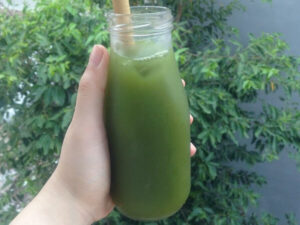
Nước Mía Rau Má
A blend of sugarcane juice with pennywort (rau má), known for its cooling properties and nutritional benefits
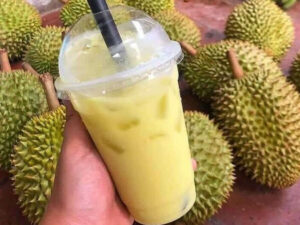
Nước Mía Sầu Riêng
Sugarcane juice infused with the distinctive taste of durian (sầu riêng)Has a bold and creamy flavor profile
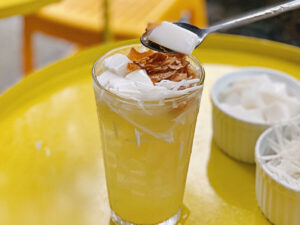
Nước Mía Cốt Dừa
Sugarcane juice with coconut cream (cốt dừa)

Nước Mía Trân Châu
Sugarcane juice served with tapioca pearls (trân châu), adding a chewy texture to the refreshing drink.
Before quenching your thirst with nước mía, allow me to introduce you to some of the dishes to enjoy with this sugarcane juice.
What to Have with Nước Mía?
In Vietnam, nước mía is a refreshing drink to go with any delicacies. Here are some suggestions for you to try:

Vietnamese street food
Nước mía pairs well with various Vietnamese street foods like bánh mì (Vietnamese sandwich), gỏi cuốn (spring rolls), or bánh xèo (Vietnamese crispy pancakes).
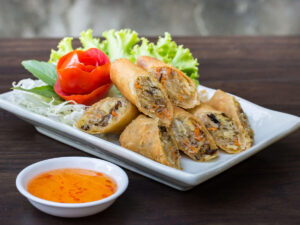
Savory snacks
Enjoy it with savory snacks like chả giò (Vietnamese fried spring rolls) or savory pastries, which provide a nice contrast to the sweet juice.
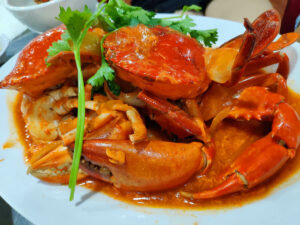
Seafood
It can also go well with various seafood dishes, especially those that are lightly seasoned or grilled. Alternatively, nước mía is great for toning down the bold profile of cua rang me.
Also, you should have a look at the pros and cons of quenching your thirst with nước mía to avoid any adverse effects.
Pros and Cons of Drinking Nước Mía
To enjoy nước mía, you should take a look at some of the features that affect your decision whether to drink it or not:
Pros
Cons
Next, make sure to explore the common concerns that people often have relating to nước mía.



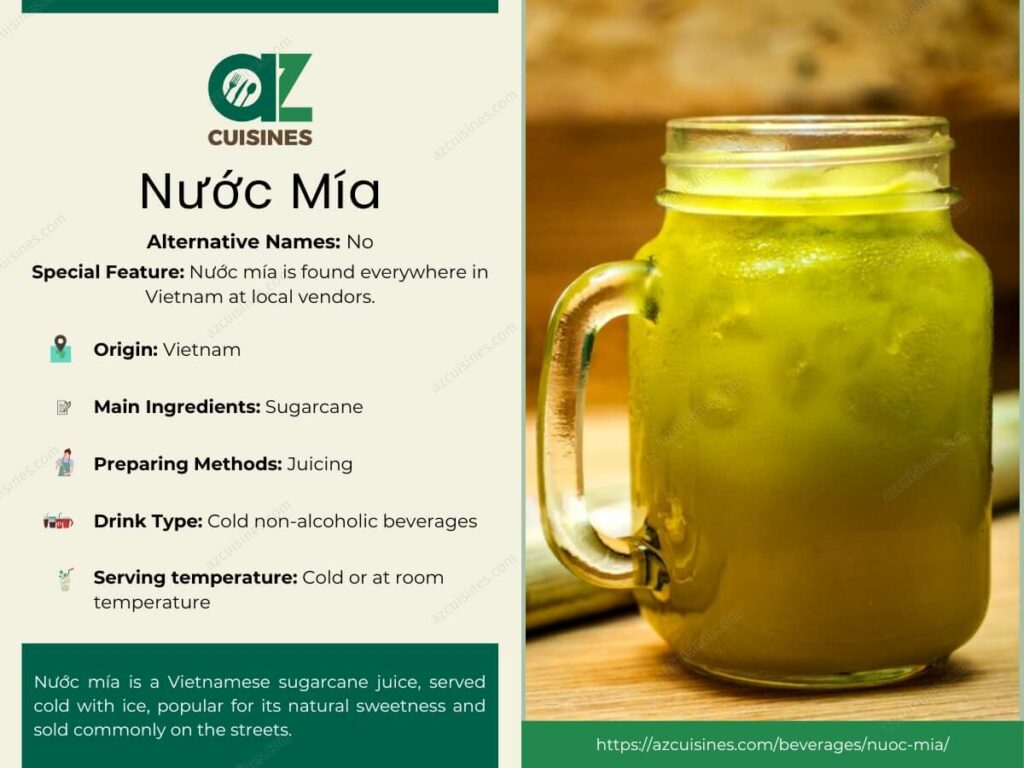
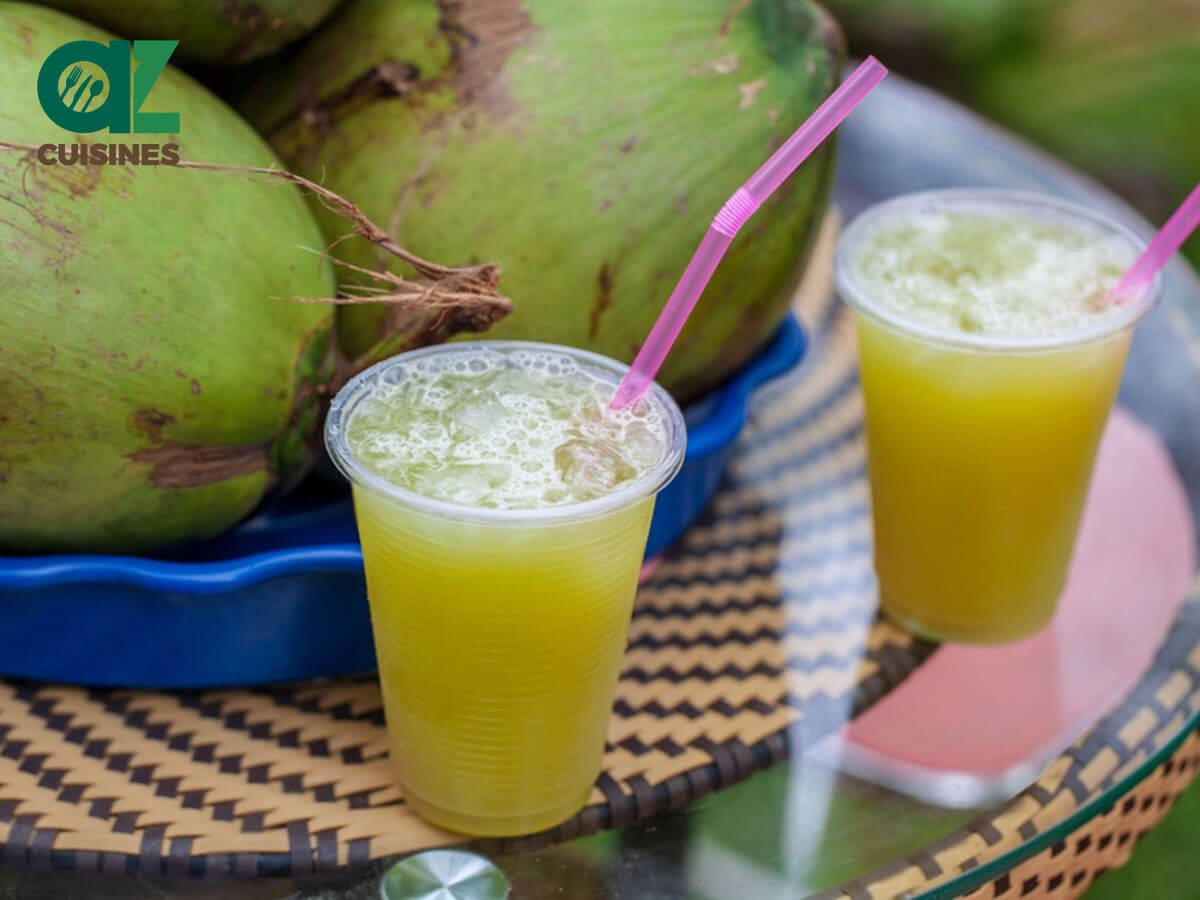

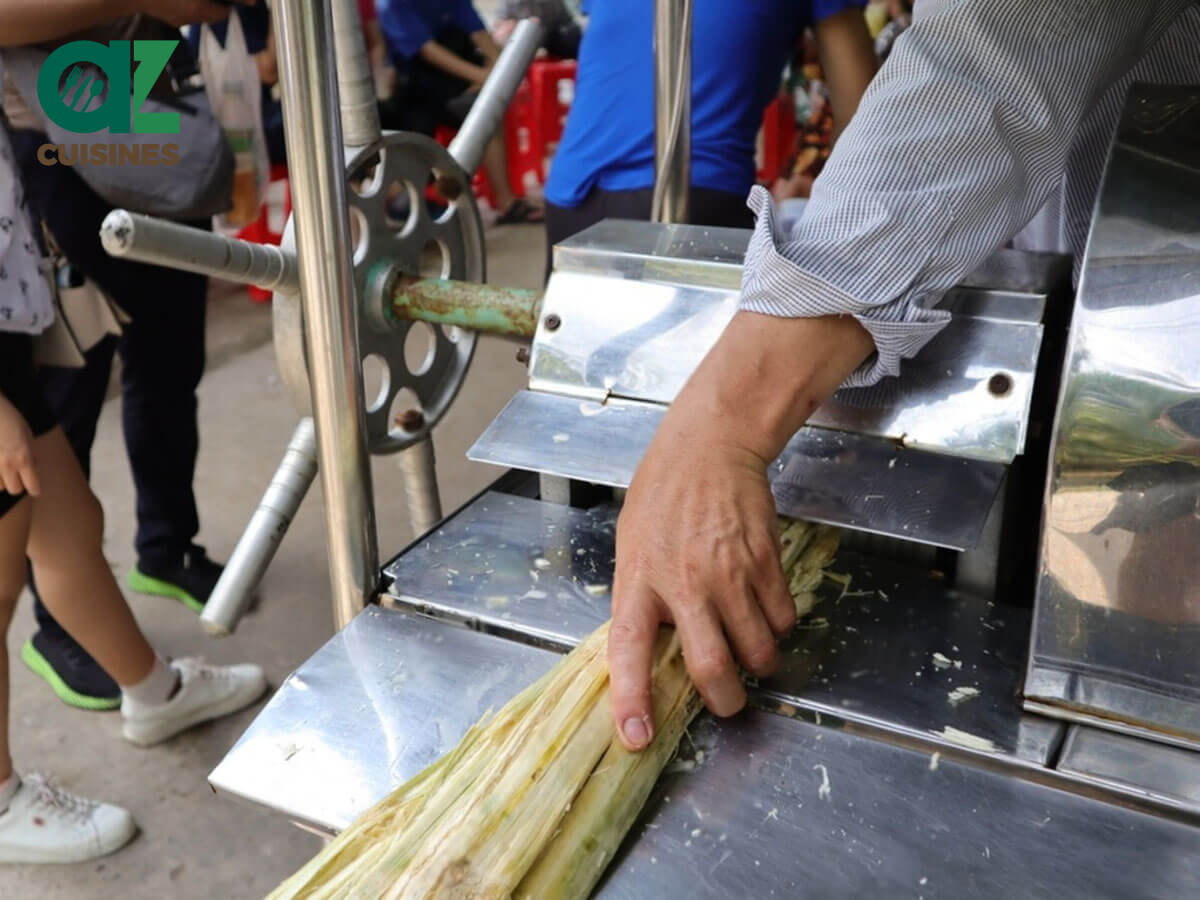

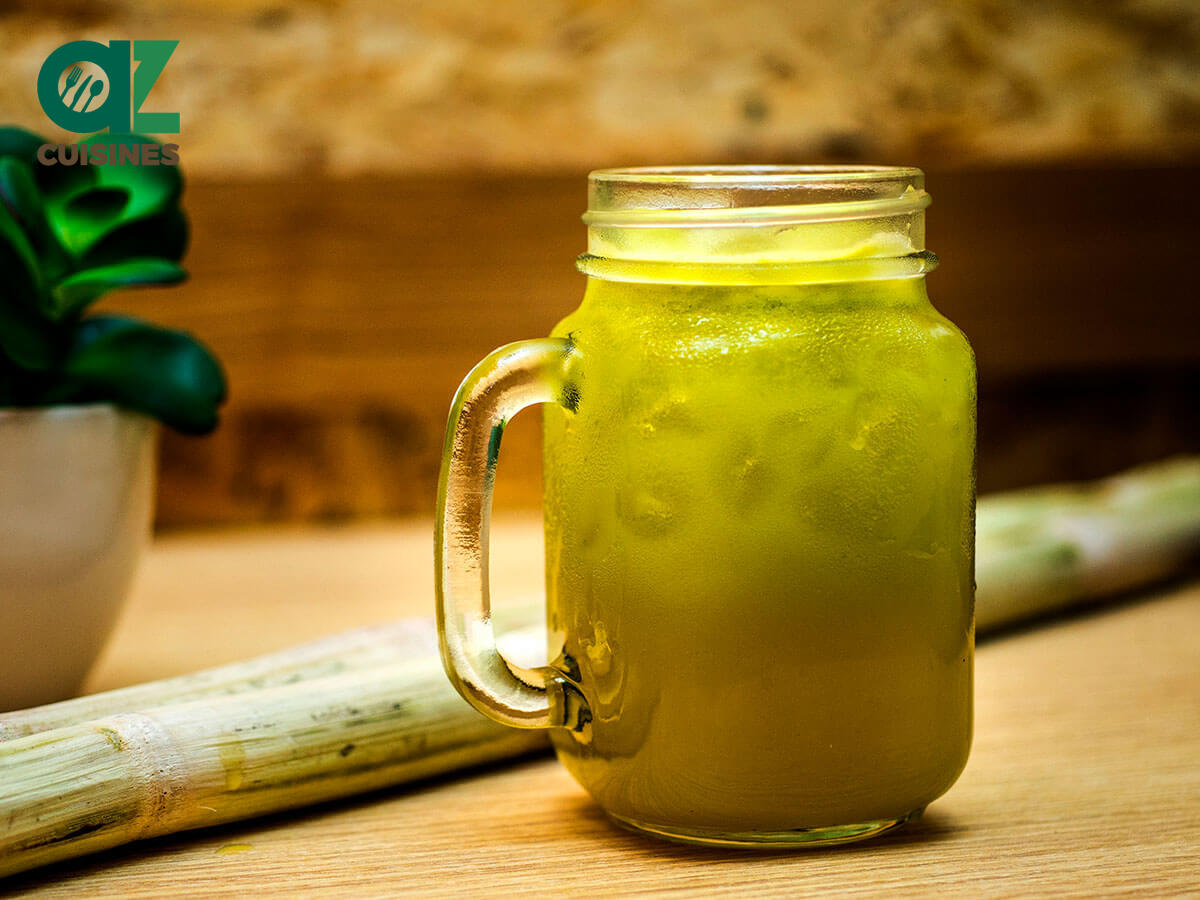
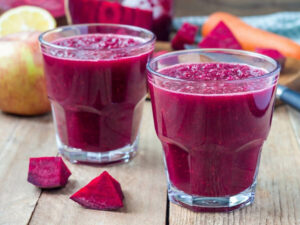

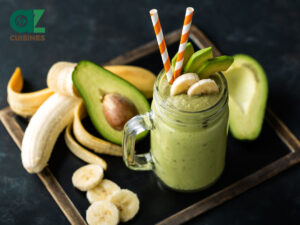

Adam Sam
Senior Food and Drink Editor
Expertise
Food Writer & Recipe Developer, Recipe Tester, Bartender, Cooking-video Maker, Editor In Chief
Education
Adam Sam, an experienced food writer and recipe developer, is passionate about blending diverse culinary traditions, national dishes, and innovative beverages, showcasing his proficiency in both traditional and modern recipe testing.
As the Editor-in-Chief, he elevates culinary content from street food to fine dining, focusing on Western cuisine and types of drinks at azcuisines.com, and is professional in creating engaging cooking videos that simplify complex dishes and ingredients.
His passion for food is evident in his writing, where he uniquely merges various cultures, traditions, and contemporary trends, skillfully combining classic recipes with modern cooking methods.